News Archives

The former news are in German. If you are interested in a specific topic, fell free to contact us.

Dr.-Ing. Axel Funke and Alex Böhm from the Institute for Catalysis Research and Technology (IKFT) will once again chair the IEA Bioenergy Task 34 "Direct Thermochemical Liquefaction (DTL)" for the triennium 2025 – 2027. For the third time in a row, they will lead this international group of researchers and industry representatives to advance the economic implementation of innovative biomass utilization technologies. The focus will be on utilizing biomass residues, as well as key topics like negative CO2 emissions, flexible energy supply, and the integration of hydrogen and biomass value chains.
IEA Bioenergy Website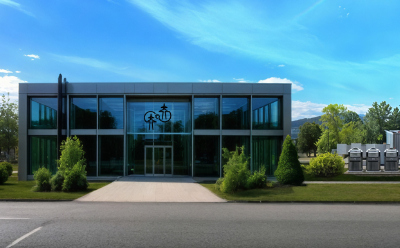
By 2030, the High Power Grid Lab (HPGL) in the Energy Lab will be a globally unique test environment for researching the system behavior of new grid technologies such as power converters for medium-voltage direct current grids under realistic conditions. Already in its development phase, the HPGL at KIT is an international transfer hub for knowledge and technology in practical applications.
Press Release (in German)
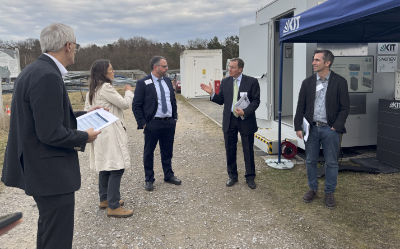
From March 10 to 13, 2025, the scientific evaulation of the Helmholtz Research Area Energy took place. The Helmholtz Program Energy System Design (ESD) was also assessed. Innovative approaches for the sustainable transformation of the energy system were presented. Learn more about the research on effective and socially feasible transformation paths, digitalization and system technology, as well as the activities during the evaluation.
To the news post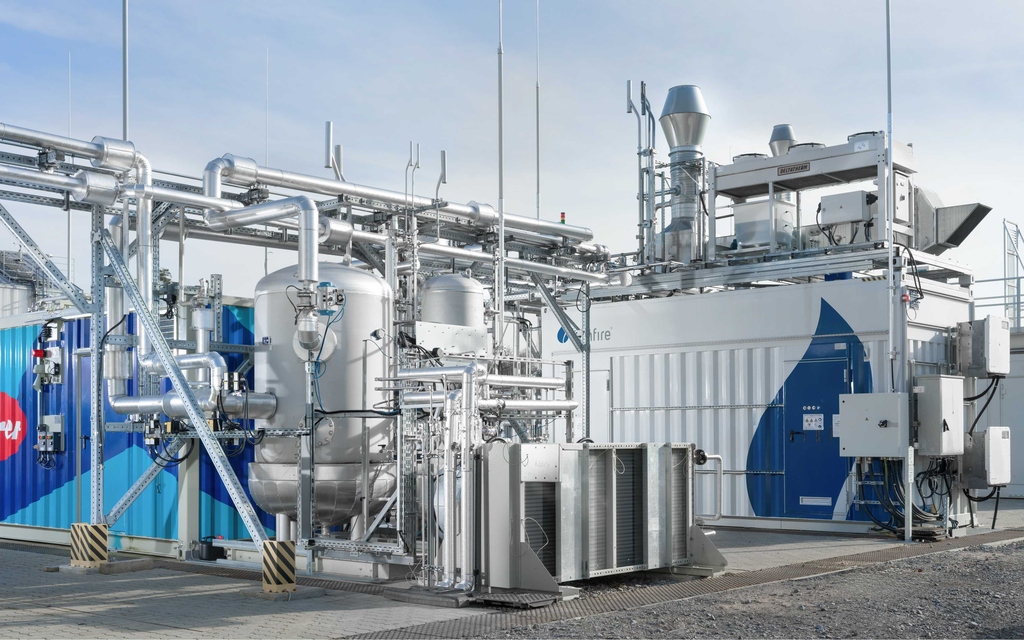
Fuels such as kerosene can be produced in a climate-friendly way from CO2, water and green electricity using power-to-liquid processes. Researchers at the Karlsruhe Institute of Technology (KIT) have already demonstrated this with plants in real operation. Researchers in the Kopernikus project P2X have now coupled the highly efficient co-electrolysis process with fuel synthesis for the first time on an industrially relevant scale of 220 kilowatts. The Federal Ministry of Education and Research (BMBF) is funding the project.
Read PM (in German)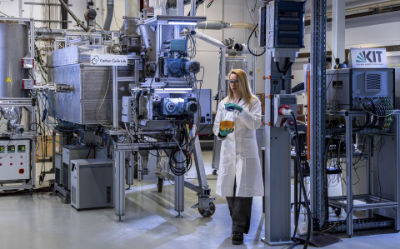
KIT has created a new platform for sustainable circular economy with the Carbon Cycle Lab (CCLab). Here, chemical recycling of plastic waste is researched and scaled up to pilot level. The goal is to reintegrate previously non-recyclable waste into the material cycle, thereby conserving resources and reducing environmental impact.
Press Release (in German)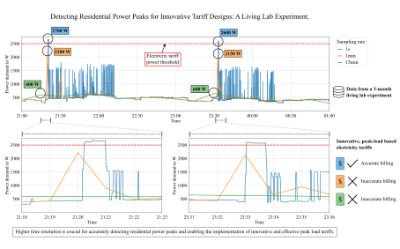
The study analyzes a detailed dataset (1-second resolution) of household electricity consumption. It shows that a sampling rate of 15 minutes is insufficient to detect power peaks for billing purposes. A granularity of 5 to 10 seconds detects peaks but significantly increases data processing. This highlights the importance of high sampling rates in designing electricity tariffs that account for peak consumption.
Publication in ScienceDirect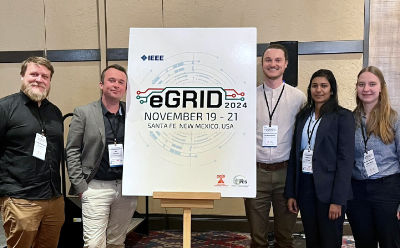
A delegation from the Energy Lab participated in the eGrid 2024 workshop in Santa Fe, New Mexico. The team engaged in exciting discussions with experts from research and industry, focusing on the current state and future of power electronics-based electricity grids. In addition to attending the workshop, the delegation visited the National Renewable Energy Laboratory (NREL) and the Sandia National Laboratory to gain further insights and inspiration.
Website ieee-egrid.org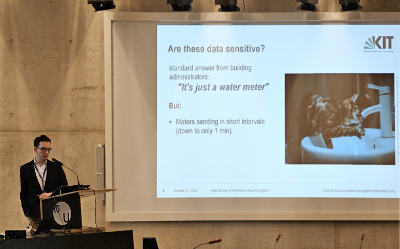
A field study in four major cities shows that 48.5% of sensors used for recording heating and water consumption are unencrypted. These sensors can reveal detailed information, such as sleep/wake cycles and presence/absence. The findings were presented at Energy Informatics 2024 in Lugano.
Scientific Publication
The Security Lab KASTEL will be represented at the RT24 UK conference. Ghada Elbez will give insights into cybersecurity research at the Energy Lab on November 29, 2024.
Website of RT24 UK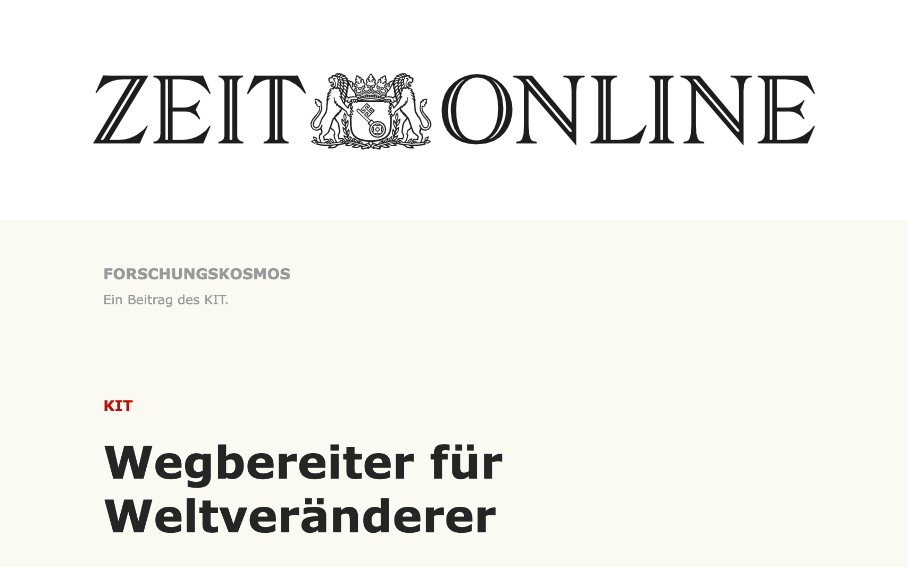
KIT described in an article on ZEIT Online how the successful start-up INERATEC was supported and continues to be mentored by the KIT Founders Forge. INERATEC is planning to commission its 14th Power-to-Liquid plant next year.
Zeit Online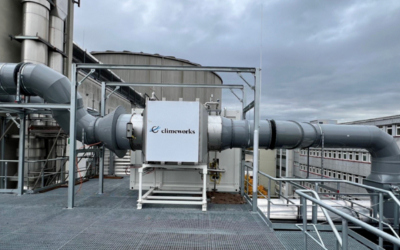
With Direct Air Capture (DAC) CO2, CO2 is filtered out of the air. This not only purifies the air, but also recovers valuable carbon.
An information day on this DAC technology will take place on 10.9.2024. In addition to insights into the latest research and its significance for the net zero project, there will be various talks and presentations.
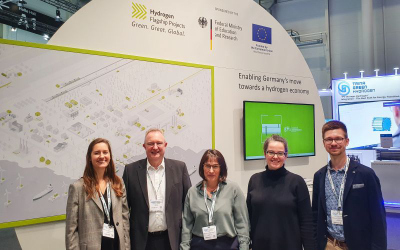
On October 23rd and 24rth, the Energy Lab is represented at the Hydrogen Technology Expo in Hamburg with its projects H2Mare, H2Giga and TransHyDE. Interesting discussions and presentations will give rise to new visions.
Visite Expo-Website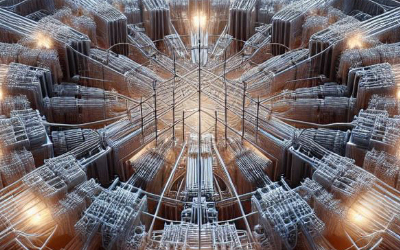
KIT is now part of the Open DC Alliance. Joining is a further step in research at the Energy Lab. How energy consumption can be reduced in the long term with direct current and good grid management is part of the cooperation. In the future, there should be CO2-neutral power grids.
Visit ODCA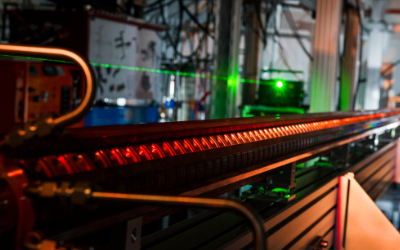
The Energy Lab is part of the RF 2.0 project, in which the environmental footprint of research facilities is determined and optimized. In collaboration with CERN and other major research institutions, the CO2 footprint of particle accelerators is currently being analyzed.
Read Press Release (in German)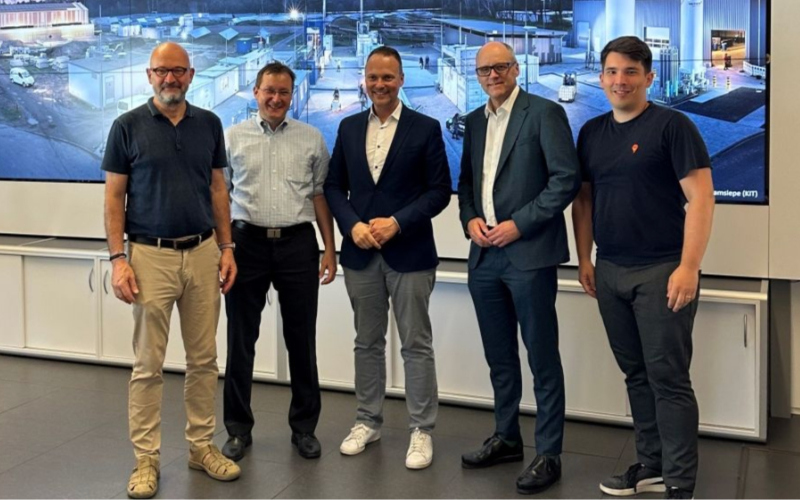
Two members of parliament visited KIT on July 22, 2024. During a tour of the Energy Lab, they were impressed by the innovative technologies and their intelligent connections.
Read News (Intranet in German language)
A delegation from the Baden-Württemberg Ministry of Science, Research and the Arts (MWK) visited the Energy Smart Home Lab at the Karlsruhe Institute of Technology (KIT) on June 27. After an introduction to the research and innovative technologies of the ESHL, the delegates took a tour and were able to experience the energy management technologies in action.
Read Article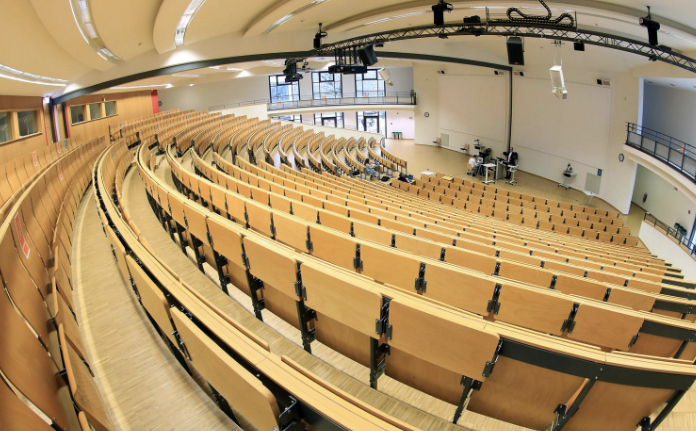
Prof. Dr. Paetzold and Prof. Dr. De Carne were appointed in May. They now hold the professorships for "Next Generation Photovoltaics" and "Real-time Systems in Energy Engineering" in Division III. The Energy Lab extends its congratulations.
Read more (Intranet)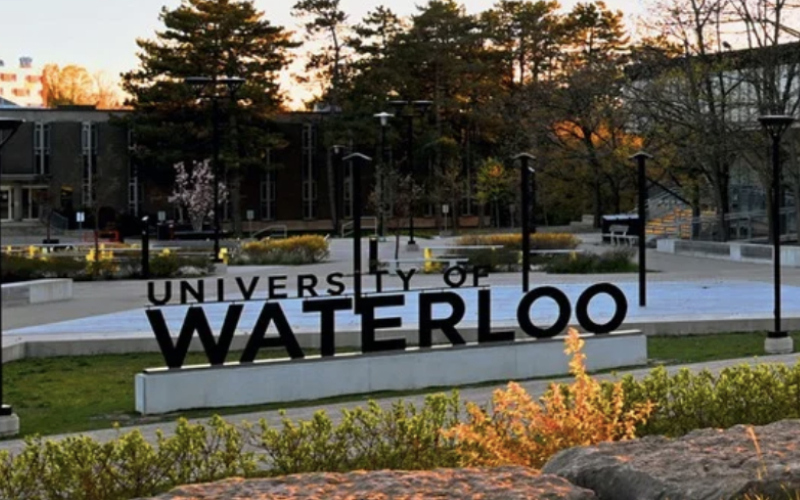
From June 17-19, a delegation from the KIT Center for Energy and Energy Lab staff will visit the University of Waterloo and the National Renewable Energy Laboratory (NREL). The program includes exchanges on energy system resilience, nuclear safety, cyber security, new materials for PV systems, control systems and converter technology. They will then move on to the Universities of Ontario and Toronto.
NREL-Website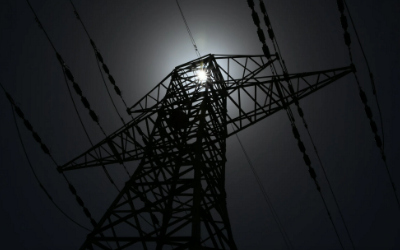
In a recent article in IEEE Spectrum, the ongoing digitization of today's power grid is explored. Jan Wachter from the Energy Lab explains how research is being conducted to ensure the stability and security of such power grids for the future.
Read Article
For the Research Facilities 2.0 kick-off meeting,10 project partners, including a delegation from CERN, have come together at KIT. The presentations by all partners and the joint discussion of the work packages will end with a tour of the Energy Lab - an important part of these research facilities.
Details (in German)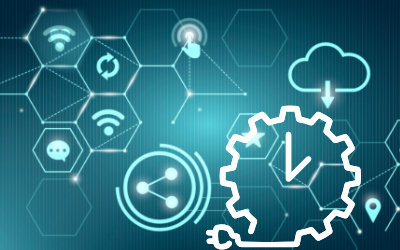
On November 30th and December 1st the Real-Time Simulation Workshop takes place at KIT. The Energy Lab - in particular, the PHIL infrastructure - provides insights for researchers from various universities.
The Energy Lab will also open its doors for the PES workshop the day before.
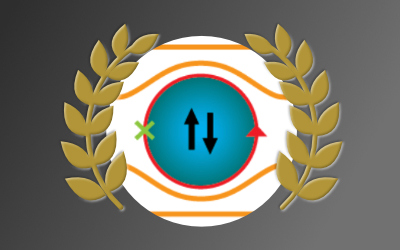
Prof. Dr. Tabea Arndt received this year's Award for Continuing and Significant Contributions in the Field of Applied Superconductivity. The Energy Lab is delighted about this award from the IEEE Council and congratulates her warmly.
Read more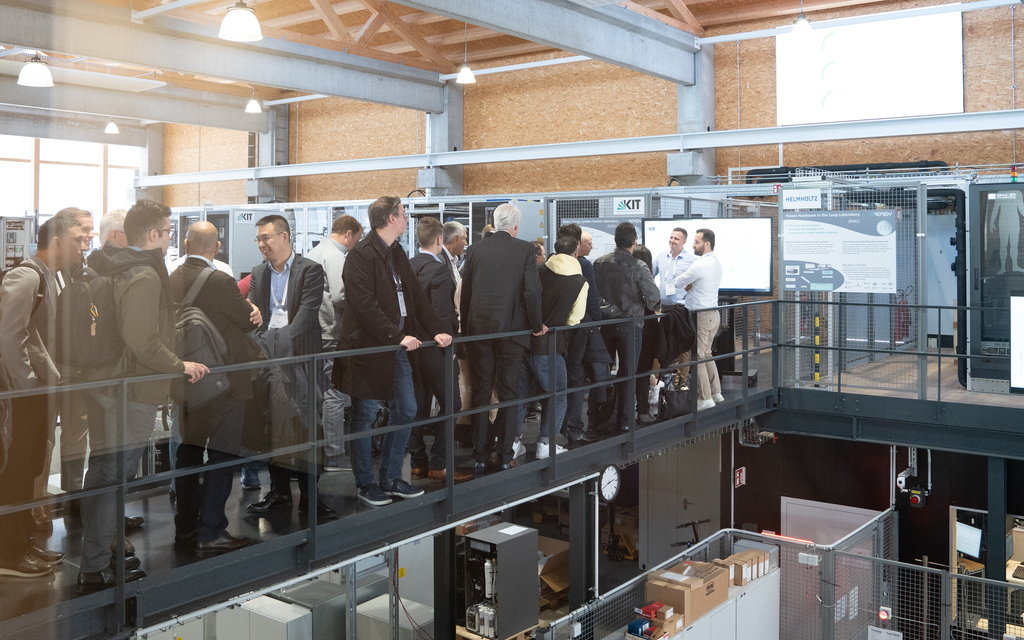
The eGrid-workshop at KIT ended today. International experts showed great interest in the SEnSSiCC, the power-to-X plants and the solar storage park. The Energy Lab wishes a safe way home to all the participants.
Read more about eGrid2023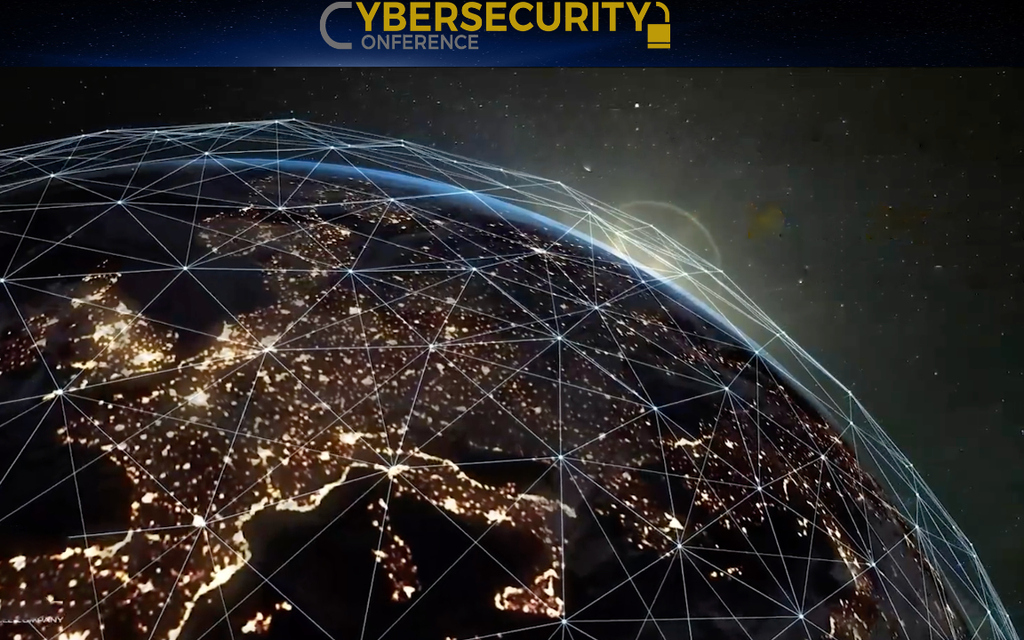
From October 18 to 20, a large cybersecurity conference will take place in Mannheim's Palace. The Energy Lab 2.0 is represented by KASTELL. In her presentation, group leader Dr.-Ing. Ghada Elbez will talk about the cybersecurity of energy systems.
See website (in German)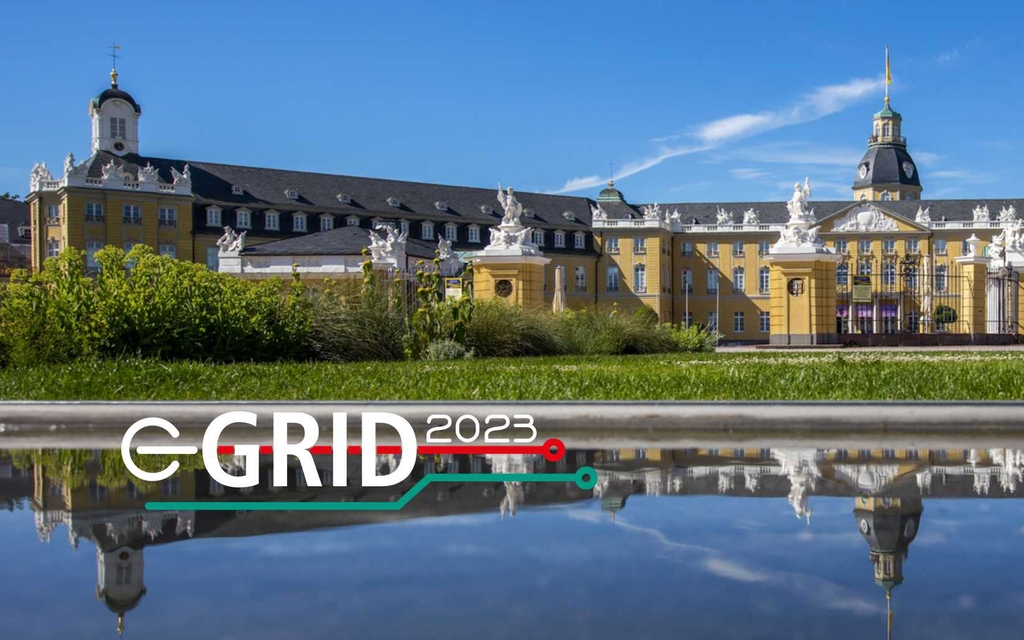
The eGrid workshop begins at the Campus Süd. Starting today, the focus is on sustainable grid systems. Scientists from all over the world connect at team talks and lectures.
Have a look ath the program!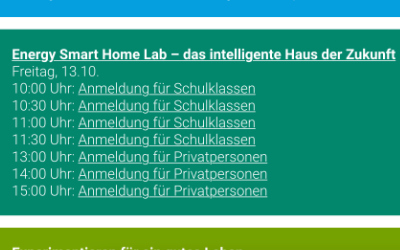
Today, school classes and private individuals can visit the Energy Smart Home Lab. During the KIT-Science Week, you can see how to optimize energy or heat consumption and thus save energy and money.
Have a look (in German)
Build your own offshore wind park, generate and trade Power-to-X products. The research results of the project have been incorporated into the H2Mare browser game "Offshore". Play and experience the energy transition.
Play "Offshore"
From October 16th to 18th, 2023, the eGrid Workshop will take place in Karlsruhe, featuring numerous international scientists. The focus will be on the grid integration of energy systems.
Visit the eGrid-Website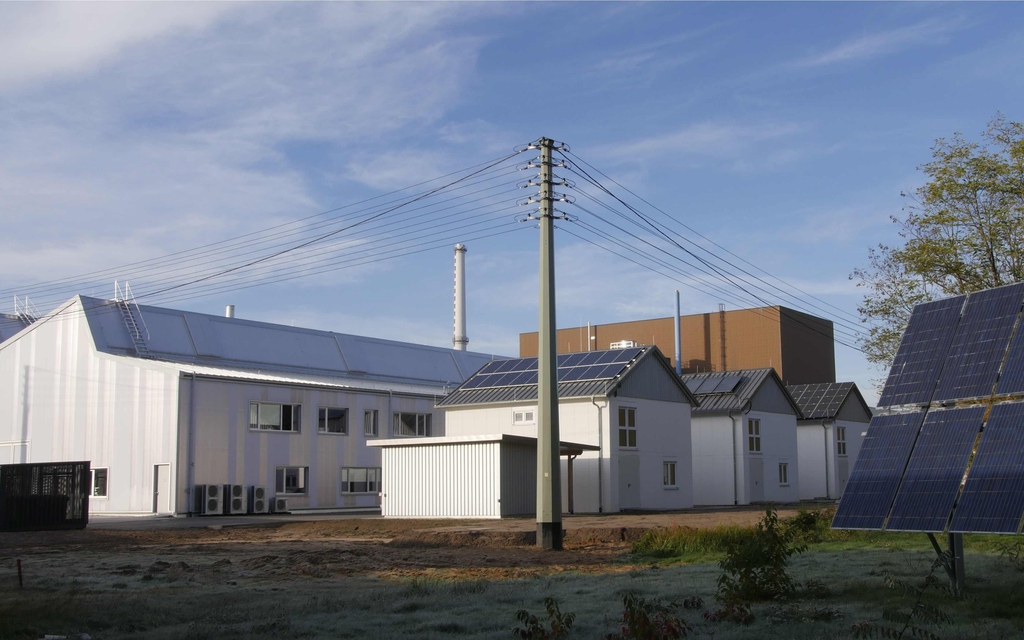
Master's students can complete an internship at the SEnSSiCC of the Energy Lab. Within the Smart Energy System Lab, they will work on different questions and problem solutions concerning the energy transition. The application period runs until 13.10.2023.
Apply (in German)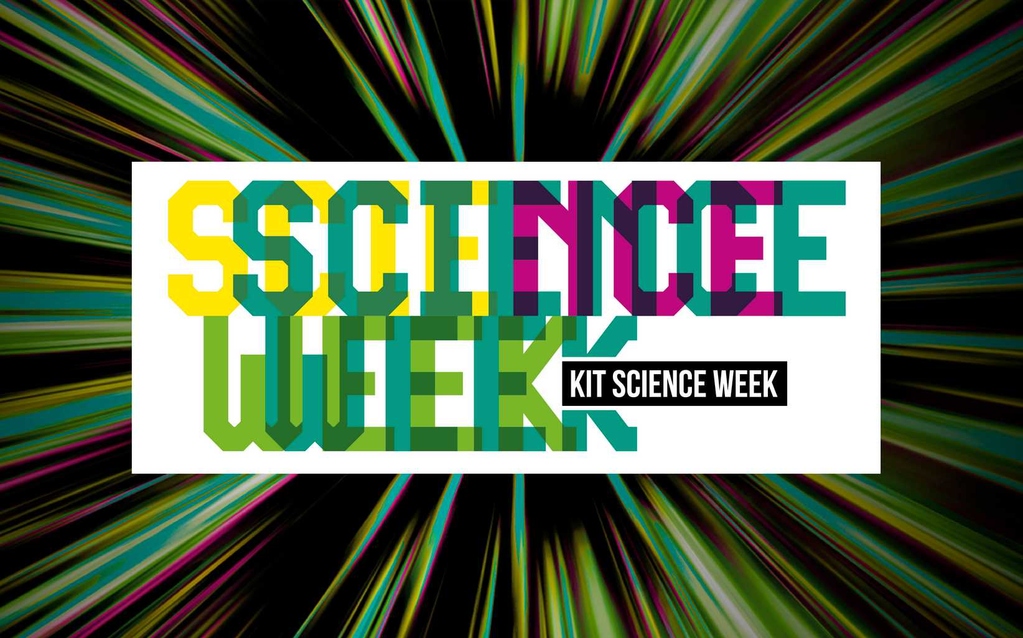
From October 10th to October 15th, the KIT Science Week will take place. The Energy Lab participates in the program. The SEnSSiCC, the Power-to-Gas plants, and the Energy Smart Home Lab are open to school classes as well as to the public.
Read the Program (in German)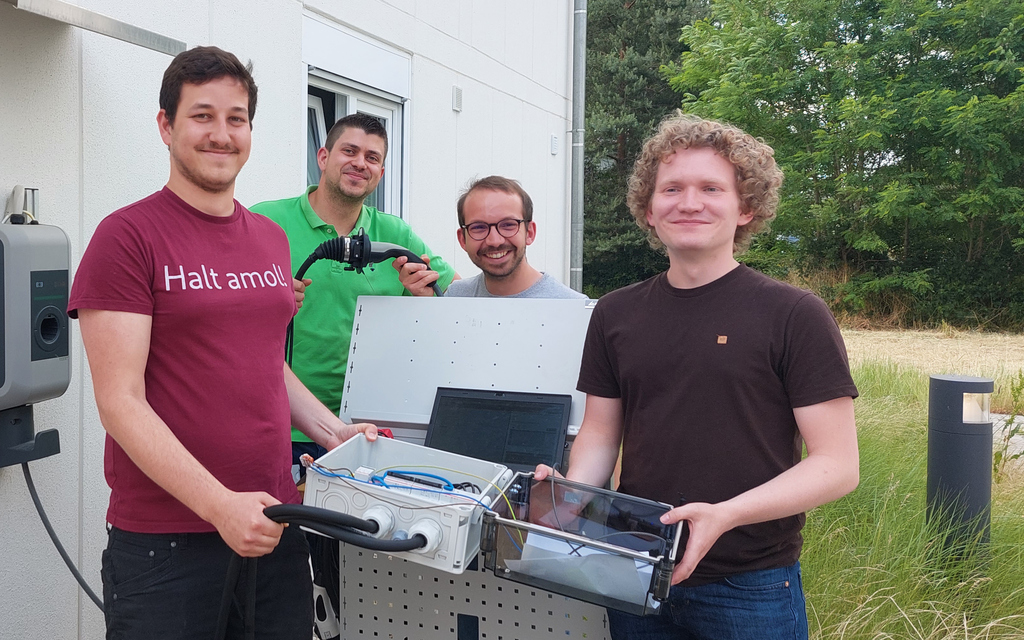
This semester, 18 students participated in the Smart Energy System Lab internship. This infrastructure is available to the students for research-oriented learning. There they can experiment and follow their research question. This is the third time that this internship concept has been a great success.
Read more (in German)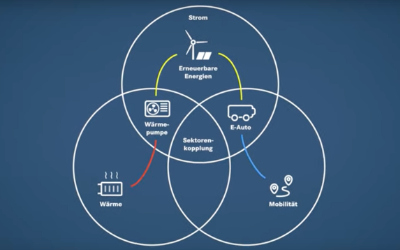
In the latest video, the Energy Lab is presented from all angles. Sector coupling is simply and briefly explained. Moreover, the video shows what sector coupling is used for and how it is implemented and researched in the Energy Lab
In the latest video by the Helmholtz Climate Initiative, our researchers explain the benefits of sector coupling and how it is implemented and researched in the Energy Lab. The video illustrates the complex interconnections and enables viewers to underst of how this innovative technology contributes to the transformation of our energy system, enabling a sustainable, efficient, and climate-friendly energy supply.
Watch YouTube-Video (in German)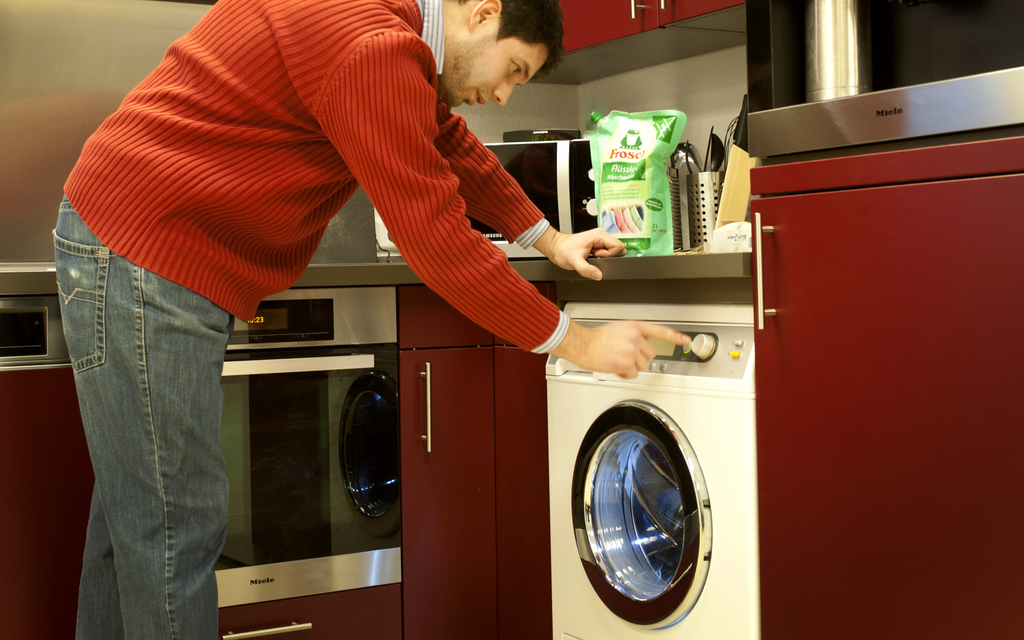
Over eight weeks, two residents of the Energy Smart Home Lab (ESHL) had a weekly heat and electricity quota. This means that at the beginning of each week, they received a CO2 budget and could manage it throughout the week. If they exceeded the quota, they had the option to purchase additional 5 kg CO2 packages at an extra cost. Every week, there were interviews about their consumption behavior.
read more about ESHL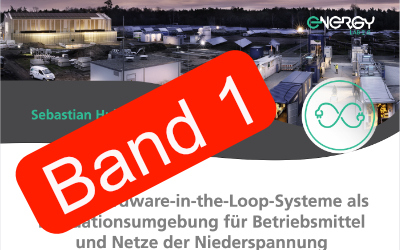
After long preparations, the first volume of the hybrid publication series has now been published. Hybrid means that this series offers quick and easy publication in KIT's own repository and at the same time researchers can bring the work into the book trade via the KIT Scientific Publishing.
We would also like to congratulate Mr Hubschneider on his doctorate.
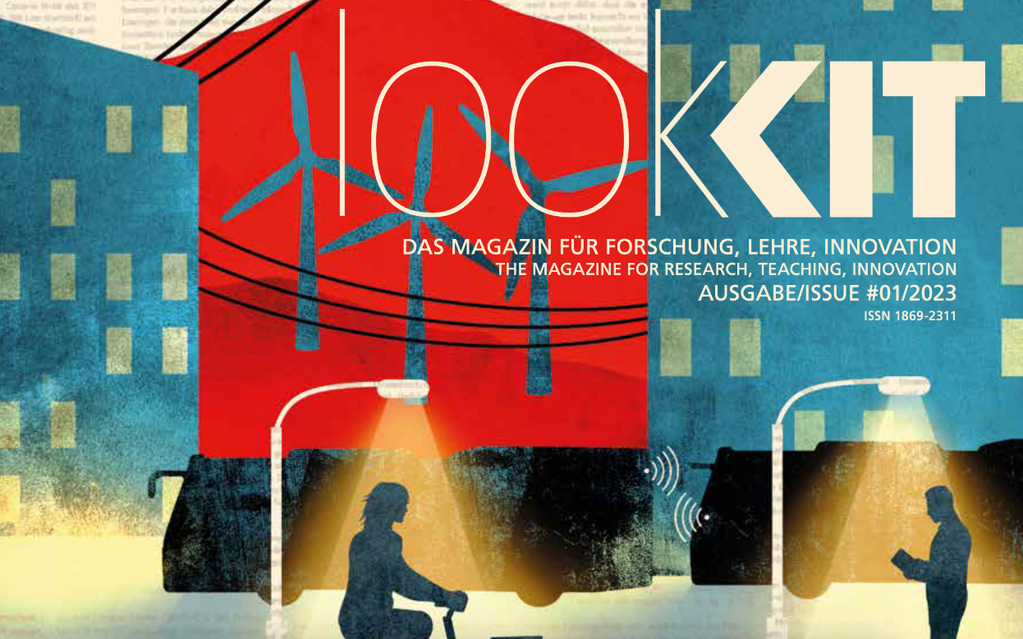
On the occasion of the Hannover Messe, LookKIT has dedicated a few pages to the Energy Lab reasearch. From page 10-21, different energy transition technologies are explained.
Read more in LookKIT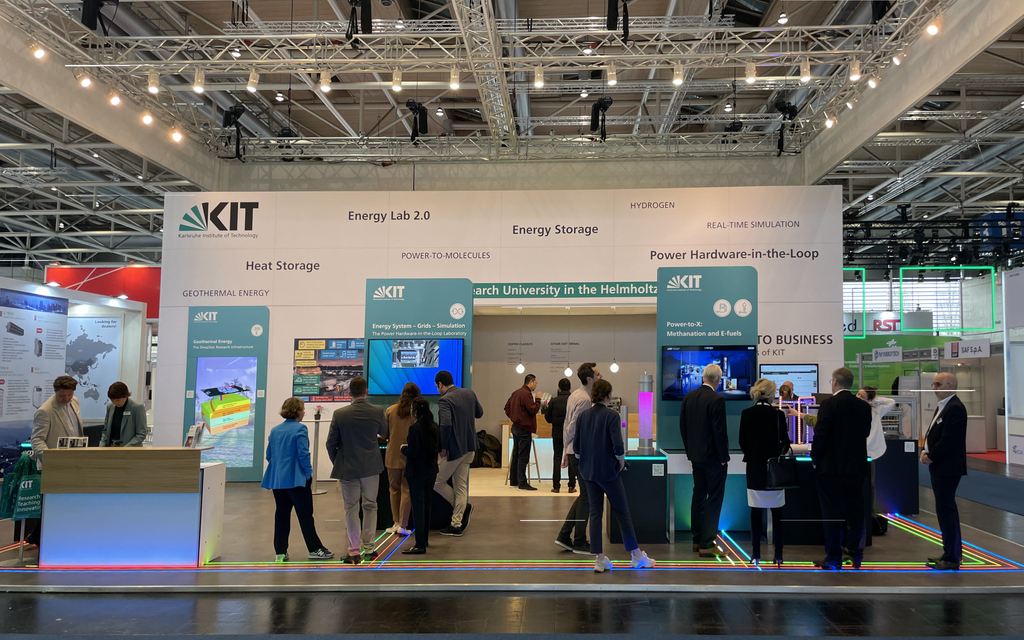
The Energy Lab 2.0 welcomes visitors from all over the world at HMI23 in H13 C70. Give it a go and have a look at our exhibits. Out team is looking forward to you.
Read more on the HMI23-website
The Hanover Messe will open its doors on April 17, 2023 and the Energy Lab 2.0 will be represented at the KIT booth. The exhibits are set up and will be available to visitors next week. We are looking forward to many interested visitors.
Official HMI23 Press Kit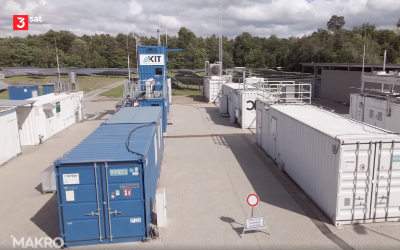
ZDF answers open questions about the energy transition in its new documentary. One answer to how energy can be stored efficiently and in a space-saving way is the methanation plant at the Energy Lab 2.0. Starting at minute 16:28, the team shows the research plant and explains how the conversion works.
Watch documentary on ZDF (in German)
The debate about phasing out the internal combustion engine shows how important interdisciplinary research is. We'll only find a viable solution for the transportation transition if all options are adequately tested and evaluated, and solutions optimized. The ARD Mittagsmagazin shows different sides of synthetic fuels and electromobility.
Watch Mittagsmagazin in German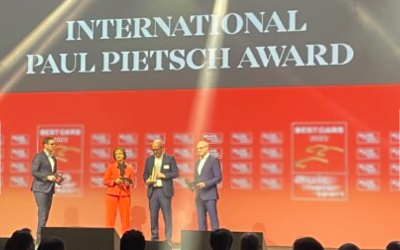
KIT has been awarded the international Paul Pietsch Prize for the Power-to-X technology. The prize was handed over to Prof. Dittmeyer for the his contribution to the transport transotion.
Read Article at Presseportal (in German)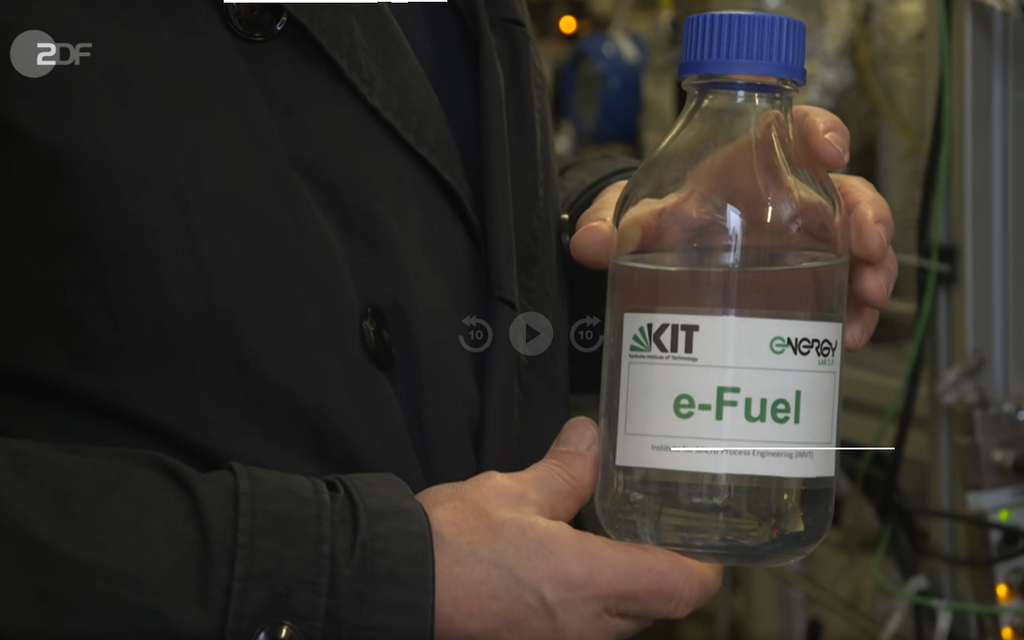
In the debate about combustion engines, e-fuels are an important solution. ZDF's heute Journal took up this topic. From about minute 13:00, the advantages of synthetic fuels are highlighted and the research in the Energy Lab 2.0 plant network is shown.
Watch ZDF heute Journal (in German)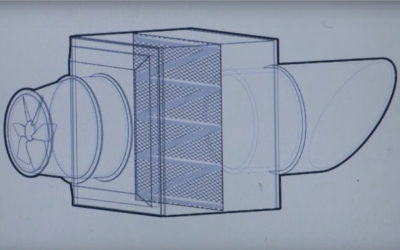
Mentioning the CO2-extraction process of the Power-to-Liquid technology, Reuters and Handelsblatt published a videos. They describe how carbon dioxide from the air is removed though the Direct Air Capture (DAC) and can be used for multiple purposes.
Watch Video on YouTube (in German)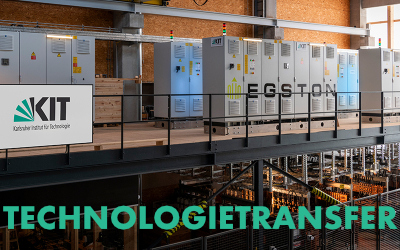
The PHIL simulation platform at Energy Lab 2.0 helps researchers, manufacturing companies, and system operators analyze, develop, and test hardware future solutions for energy systems.
Read more about Research-to-Business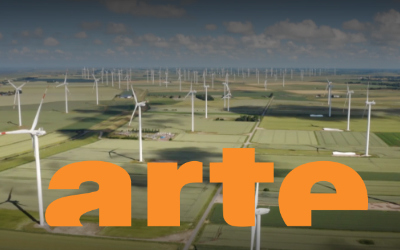
ARTE produced a comprehensive documentary about green energy and its storage options. This documentary aims at the chemical storage as the methanation plants @ Energy Lab 2.0. Professor Hagenmeyer, moreover, explains how smart future energy grids should be designed.
Watch documentary (in German or French)
In a TV report on November 15, Sophie An and Prof. Veit Hagenmeyer (IAI) explain how the future smart grid based on renewable energies can optimally distribute and provide the required power at any moment, both locally and transregionally, by means of storage technologies.
moma future: Energie der Zukunft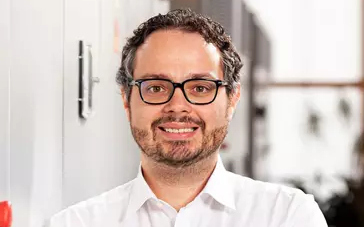
The head of "Power Hardware in the Loop" was awarded "Scientist of the Month of 'November" by the Helmholtz Association. Thus, the association acknowledged his excellence in developping, modelling and investigation energy systems in the Energy Lab 2.0. Herewith, we congratulate him.
More about the Scientist of the Month (in German)
Once again, the Energy Smart Home Lab is dwelled by two volunteers. These volunteers live in the lab like they would do at home: they use hot water, turn on the lights, use domestic devices and their computer, ... .The differnce to "at home" is the constant measurement and analysis of their consumption.
For December, the scientist hold out for more volunteers.

On July 6, Prof. Dr. Thomas Hirth, the KIT Vice President for Transfer and International Affairs, awarded Prof. Dr. Roland Dittmeyer and Dr. Francisco Vidal-Vázquez the 2nd place of this year's Neuland Innovation Award in the category "Idea Award" for their contribution "Green methanol and biomethane from biogas, water and renewable energy by the hybrid process developed at IMVT".
Read more on Neuland
In ZEIT Online, the KIT described how the successful start-up INERATEC was supported and is still being acconpanied by the KIT Gründerschmiede. Our project partner INERATEC plans to commission its 14th power-to-liquid plant next year.
Read the Article (in German)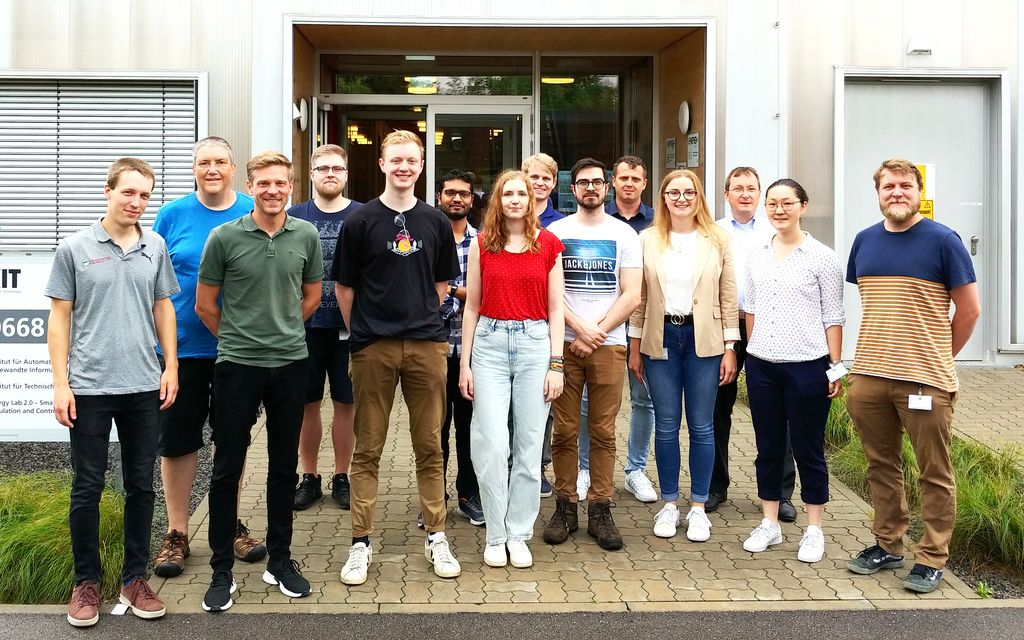
With a kick-off event at the Energy Lab 2.0, the participating students were welcomed with a kick-off event on June 27th. In the weeks to come, the master students from the study programs of computer science, electrical engineering and information technology, mechatronics and mechanical engineering will devote themselves to four project topics from the field of energy systems.
Read more about the Project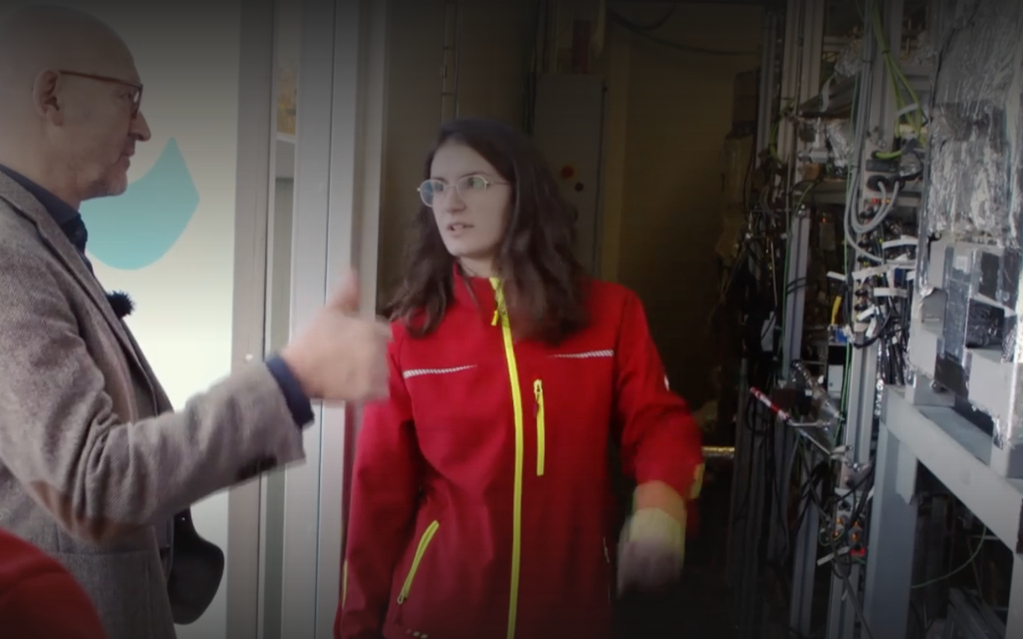
The documentary "Wind as the engine of climate change" reports about the Energy Lab 2.0 starting at minute 46:46. In the context of this Arte documentary, the power-to-liquid process, in which CO2 from the air is converted into fuel, is presented as a possible solution to the climate problem.
Watch the Documentary (English Subtitles)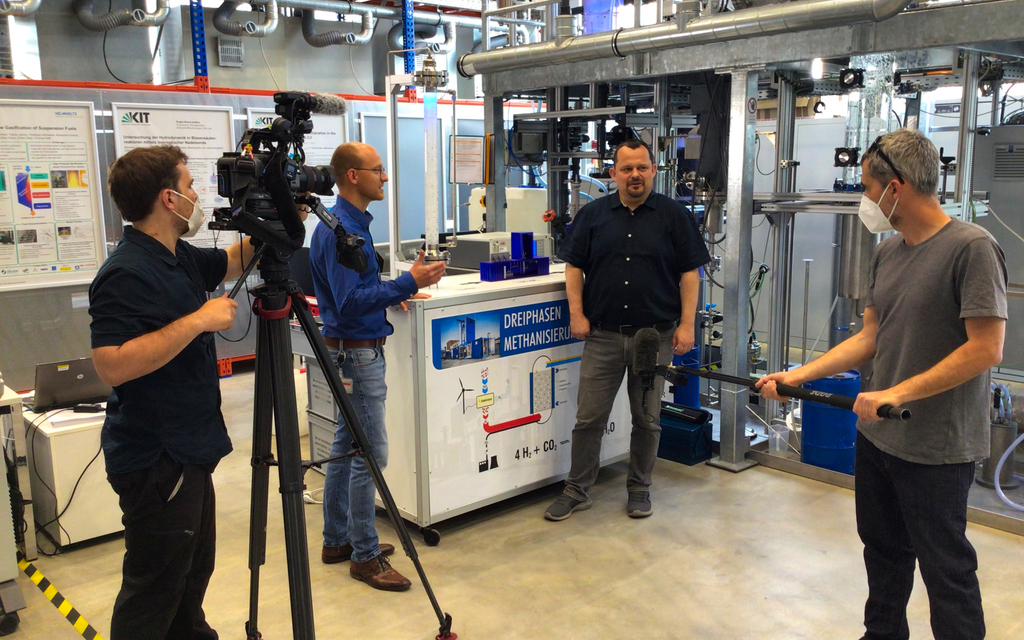
This week and last week, a team from ARTE was at Energy Lab 2.0, accompanying and filming a series of experiments on the three-phase methanation plant for a documentary on renewable energy. This documentary will be released by the end of the year.
Read more about Power-to-Gas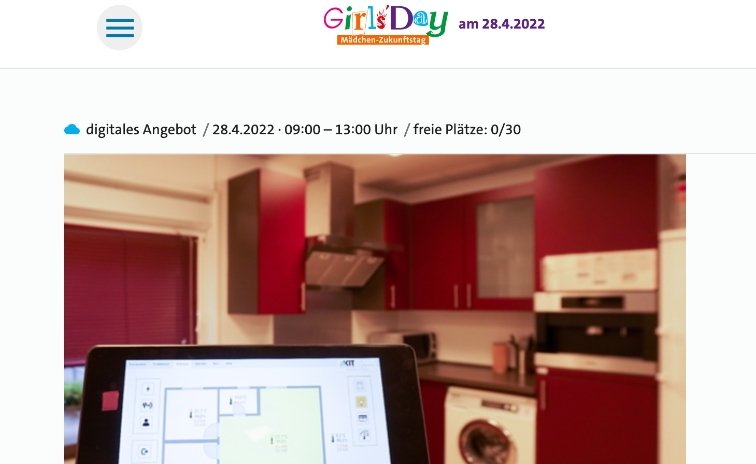
This year, Girls' Day also takes place at the Energy Smart Home Lab. Schoolgirls from the surrounding area will have insights into STEM subjects in general, and into energy transition research. During the virtual tour of the living lab, the girls learn how to support the energy transition even from home.
There was great interest in the event and it was quickly booked up.
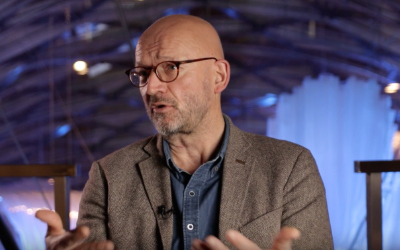
Professor Dittmeyer is talking about negative emissions and the reduction of carbon dioxide in the latest Helmholtz video. He explains the Direct Air Capture (DAC for short) from the Power-to-X process chain. He also explains in detail how C02 is extracted from the air and the importance of this process for the energy transition.
Watch Video on YouTube (in German)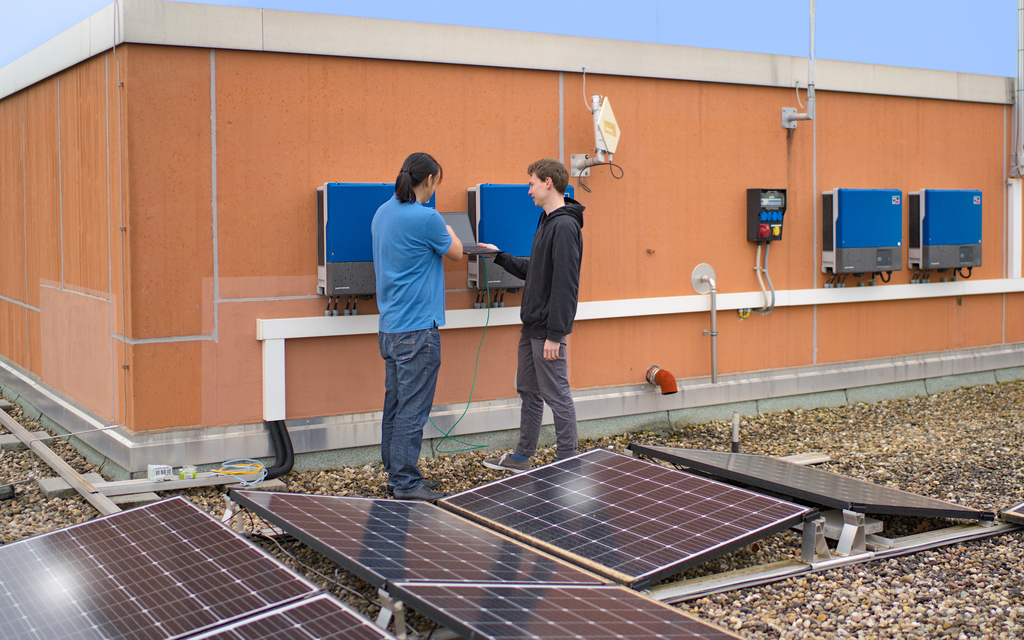
Nils Müller is a visiting researcher from Denmark at the Energy Lab 2.0. He is working on the detection of cyberattacks on the control of energy systems such as commercial PV inverters and battery storage systems. Here, anomalies in the sensor data of the physical or chemical process, as well as network data, should provide clues to unintentional foreign interference. The cybersecurity group of the Energy Lab 2.0 supports this by providing experimental platforms and reproduces typical cyberattacks.
Read more about the Security Lab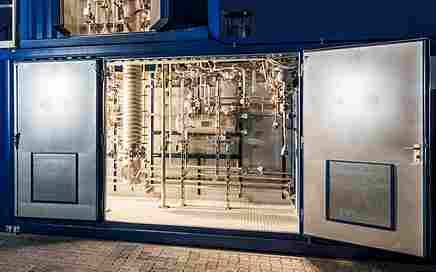
For a week, bioliq® synthesis gas from the neighbouring pilot plant was converted into methane at Energy Lab 2.0. Thus, via intermediate steps, biomass has been converted into a type of gas that can be fed into the public grid. In the test campaign, the activation method was optimized for energy efficiency as well. Another step towards independence from fossil fuels.
Read more about the test campaign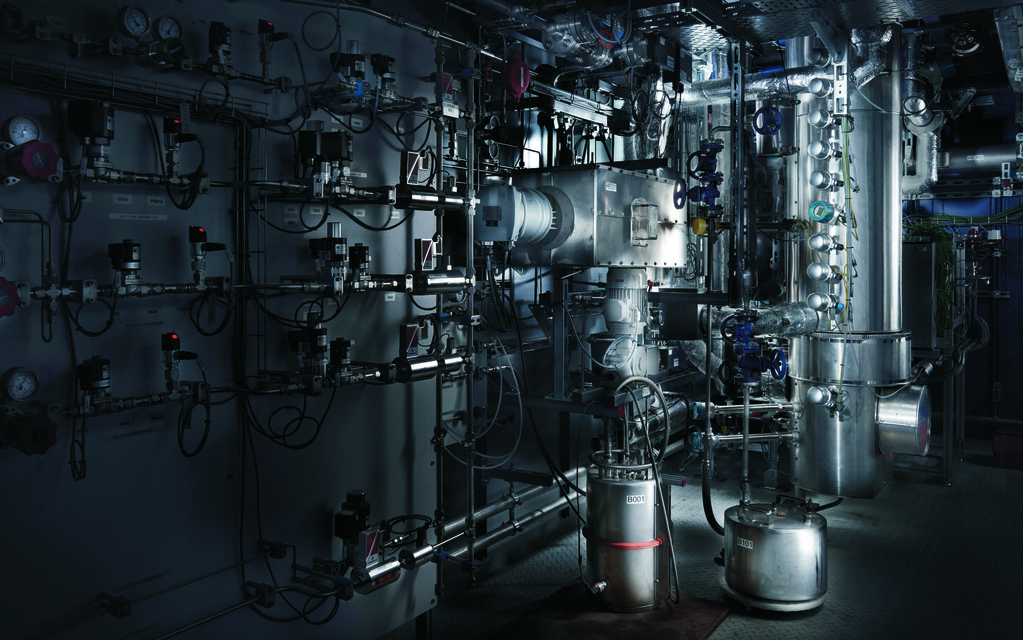
In December 2021, the methanation catalyst was successfully activated "in situ" in the bubble column reactor. The reduction and activation method was developed at KIT. This in-situ activation method can significantly reduce the workload and, moreover, make three-phase-methanation more important ecologically and economically.
Starting today, this new method will be verified and further improved in a new test campaign.
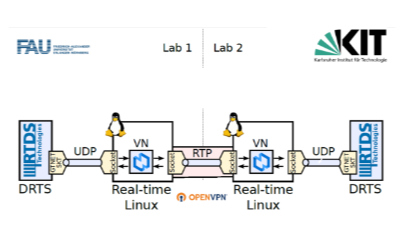
In the context of the Copernicus project ENSURE, the real-time simulators of FAU Erlangen-Nuremberg and KIT (Energy Lab 2.0) were virtually coupled to a distributed real-time simulation. The simulators are coupled using the VILLAS framework. This enables fast data exchange between the individual geographically distant networks via defined network nodes. In the benchmark scenario, the FAU simulator simulates a transmission network (sub-area of the Nordic test system), and the KIT simulator simulates a distribution network (KIT Campus North 20kV network). The synchronization of the distributed real-time simulation is realized via GPS clocks in both laboratories.
Read more about EGSAL on the RPE-Website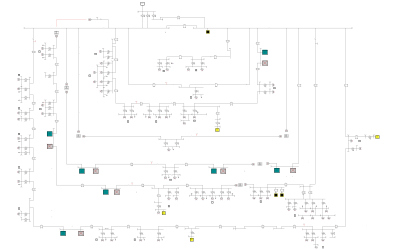
The processing power of the real-time simulators has been increased to the maximum number of 30 cores (10 cores per simulator) for the three Novacor chassis available to EGSAL. AURORA communication protocol licenses (with 4 ports per simulator) were enabled on two of the simulators to expand the coupling capabilities with other simulators (e.g. OPAL-RT in SESCL).
Read more about EGSAL
In situ catalyst activation is a significant process improvement and was therefore investigated in the second week of December 2021 on the Three-Phase Methanation (3PM) in the Energy Lab 2.0. For this purpose, a novel method was developed and tested, in which the methanation catalyst is activated directly in the reactor and during operation. The tests were successfully completed and, thus, provide valuable data for transferring the results from the 100 kW 3PM to industrial scale and for their economic evaluation.
More about Three-Phase Methanation
The so-called Reversible Solid Oxide Cell (rSOC) has been successfully commissioned. The system can be operated both in electrolysis mode (electricity-to-hydrogen) and in fuel cell or reformer mode (hydrogen or natural gas-to-electricity). Thus, this system can generate electric power from chemical energy sources or produce green hydrogen with very high efficiency via renewable electricity. Such flexibility options are elementary in future energy systems and is now also be investigated in Energy Lab 2.0.
Read more on the Power-to-Liquid page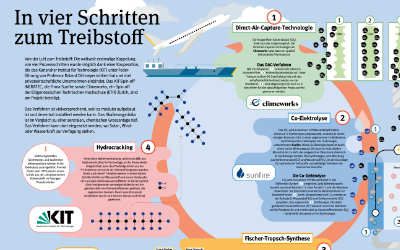
"The fuel that's made from air" is how AverEnergy's Avenue magazine describes the eFuels from the Energy Lab 2.0.
Since climate-neutral flights, ship voyages or other heavy transports are inconceivable without synthetic fuels, eFuels are presented as hope for the future. Professor Dittmeyer explains the four steps in the cycle from carbon dioxide from the air to the refined synthetic fuel.
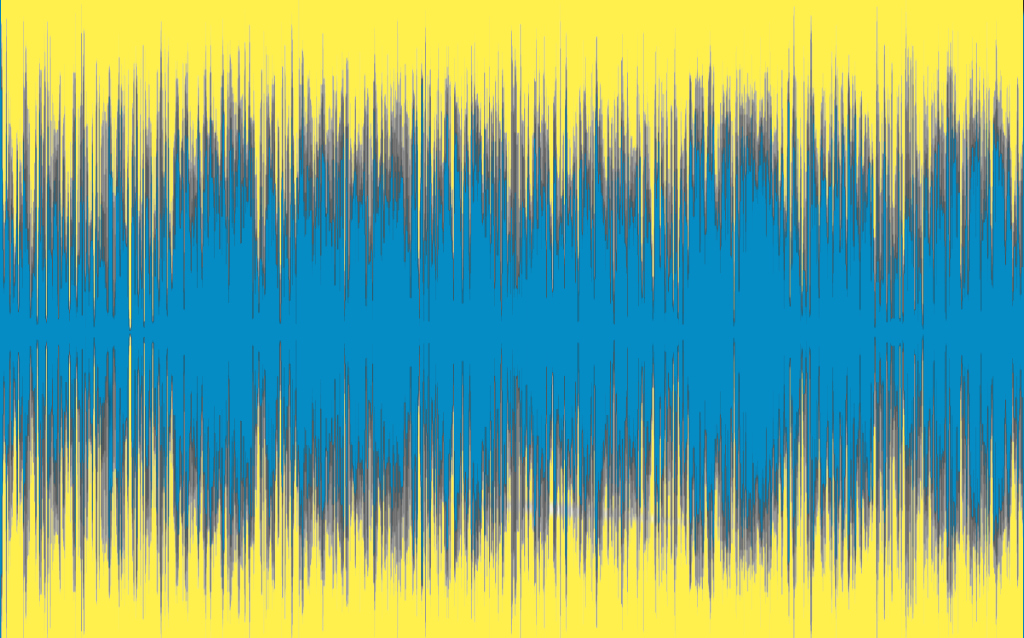
The building infrastructure on the premises of KIT's Campus North with its gas and heat supply as well as the electrical network matches the size of a medium-sized small town. Here, industrial-like operations are located as well as three model houses in which various future scenarios can be tested under realistic conditions.
Dr. Düpmeier describes how autonomous, artificial intelligence can succeed in future in regulating the increasingly complex energy supply with green energy.
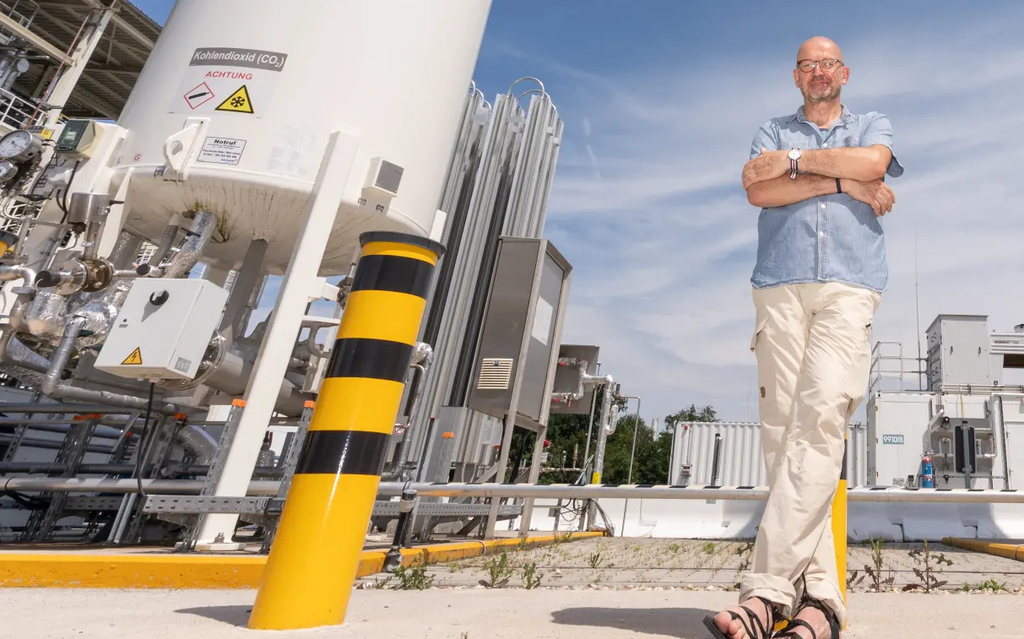
There is not always an alternative to combustion engines. Heavy transport, shipping and aviation cannot yet switch to electric. Therefore, E-Fuels are a clean alternative.
The General German Automobile Club had Prof. Roland Dittmeyer show them on site how Power-to-X works. In the interview, Prof. Dittmeyer explains the synthesis process step by step.
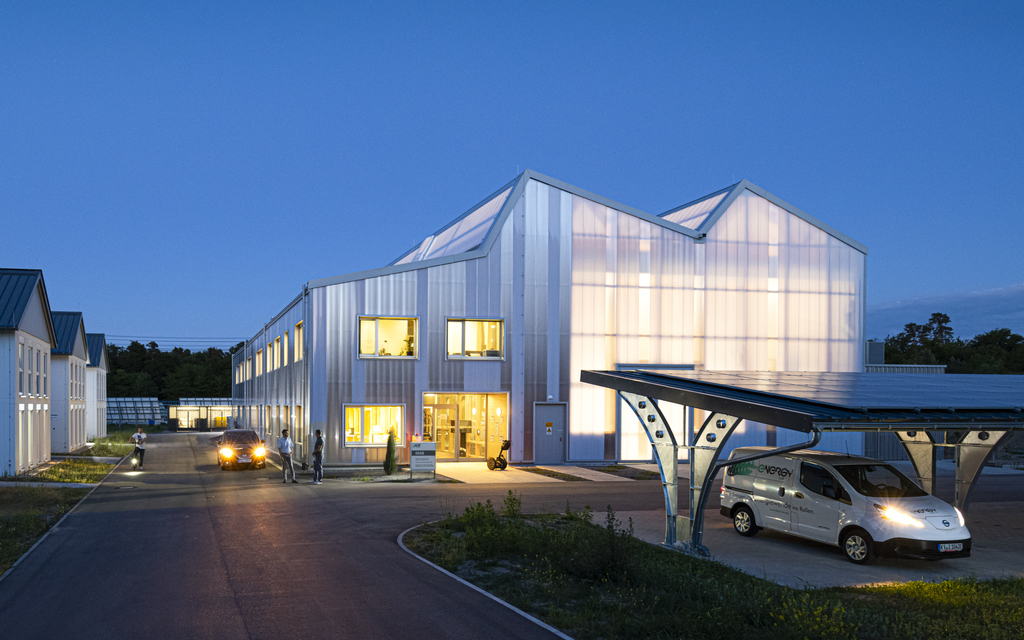
The key to a climate-neutral energy system are intelligent networking, control and optimization of electricity, heat and gas supply. That is why the German Federal Ministry of Research and Education (BMBF) continues to fund the living lab for Sector Coupling (SEKO). Funding for the-Energy Lab 2.0 is increased by 10 million euros to a total of 16.5 million euros to develop and test new strategies and technologies for sector coupling on a transdisciplinary basis on a pilot plant scale.
Read the Press Release
What happens behind the walls of the SEnSSiCC building? What are the researchers doing for the energy transition?
In this video, the research topics of SEnSSiCC are explained and how they are interrelated.
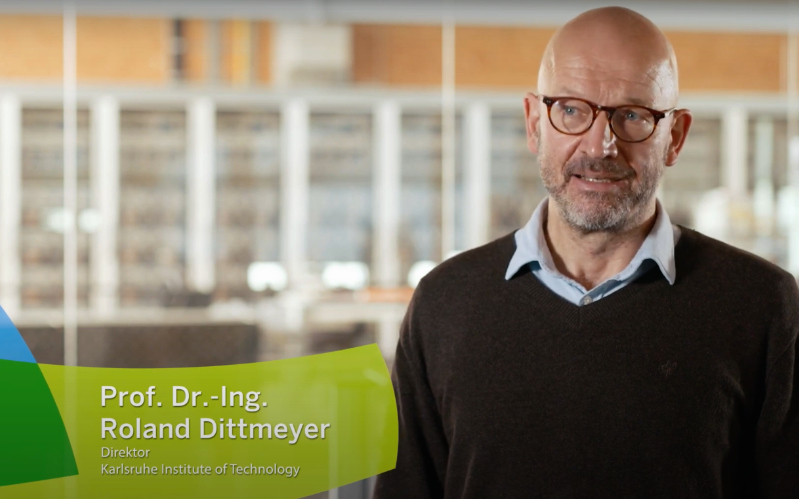
In4climateNRW presents three innovative research projects on CO2 reduction in this video. From minute 2:33, the Energy Lab 2.0 is presented as a best practice example for energy transition research and climate protection. Prof. Dr Dittmeyer leads through the Energy Lab 2.0 and introduces the Power-to-X plants, in which e-fuels are produced. He explains the cycle. CO2 is extracted from the air and converted in several steps into synthetic fuel and, thus, the KIT research contributes to the transport transition.
Watch the in4-climate video on YouTube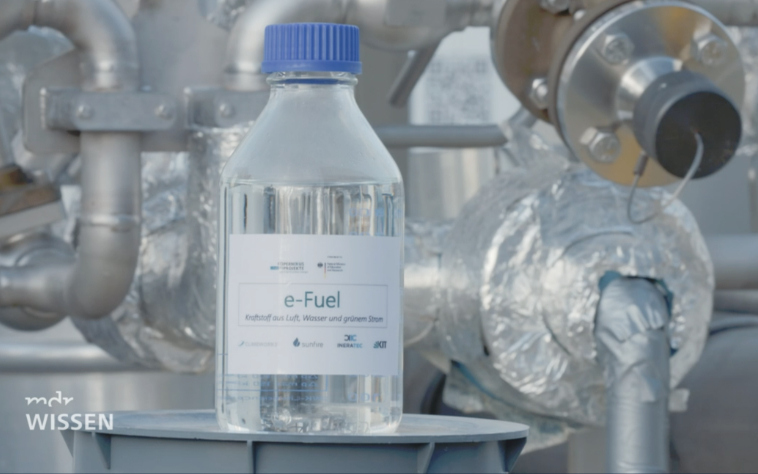
Corona changed traffic, showing how the transportation of people and goods negatively impacts our planet.
This documentary from Mitteldeutscher Rundfunk shows both the Corona impact on traffic and possible solutions to the traffic dilemma. One approach for the traffic transition can be e-fuels, as they are produced and optimized in the Energy Lab. Starting at minute 29:40, the Energy Lab contribution is shown.

As a research infrastructure, the Energy Lab 2.0 is not only available to other research institutions and companies but is also the stage for the KIT Annual Celebration this year. This Annual Celebration will take place online for the first time. For this purpose, a studio has been set up in the SEnSSiCC building, from where the celebration will be streamed. Take a look for yourself.
Watch the Annual Celebration of KIT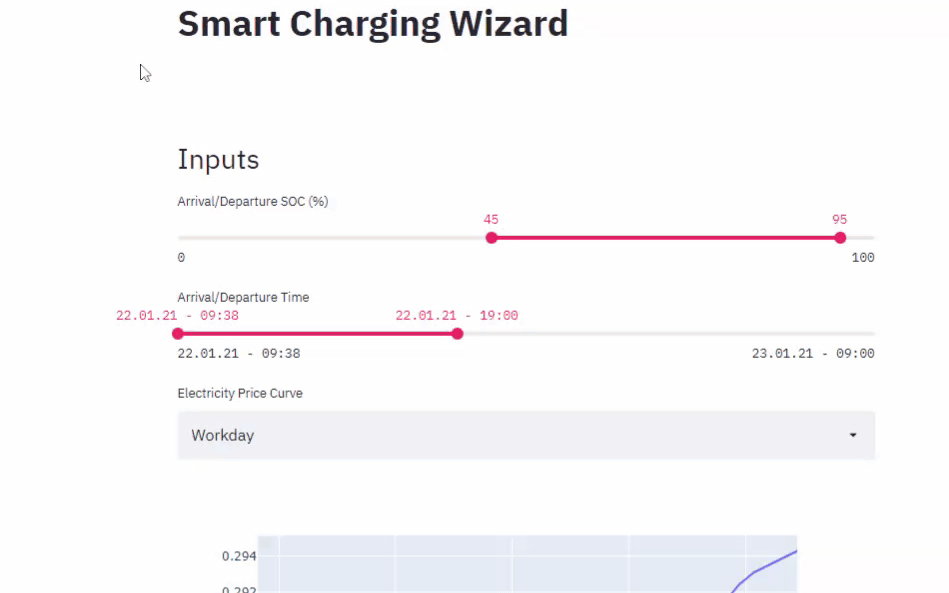
Beim sogenannten Smart Charging werden Elektrofahrzeuge in das Energiesystem integriert. Sie werden also bei Bedarf geladen oder funktionieren wie ein Batteriespeicher. Wenn sie nicht benutzt werden, können ihre überschüssige Ladung zurück in das Netz speisen.
Je einfacher das Smart Charging für den Elektro-Autofahrer ist, desto flächendeckender kann diese Technologie eingesetzt werden.
Deshalb präsentiert das Energy Lab 2.0 den "Smart Charging Wizard". Mit dieser Web-App kann man den Ladevorgang über eine Benutzeroberfläche starten, einstellen und überwachen.

Private Haushalte müssen in ihrem Energieverbrauch flexibel agieren, damit das Potential erneuerbarer Energieträger besser ausgenutzt und die Belastung der Stromnetze reduziert werden kann. Vom 23.11.-7.12.2020 wird in einer Wohnkampagne untersucht, in welcher Art und Weise verschiedene Handlungsaufforderungen und Anreize genutzt werden können, um Bewohner von Privathaushalten zur Flexibilitätserbringung zu bewegen und ihre generelle Akzeptanz und Partizipation bei diesem Thema zu steigern.
Zum Energy Smart Home Lab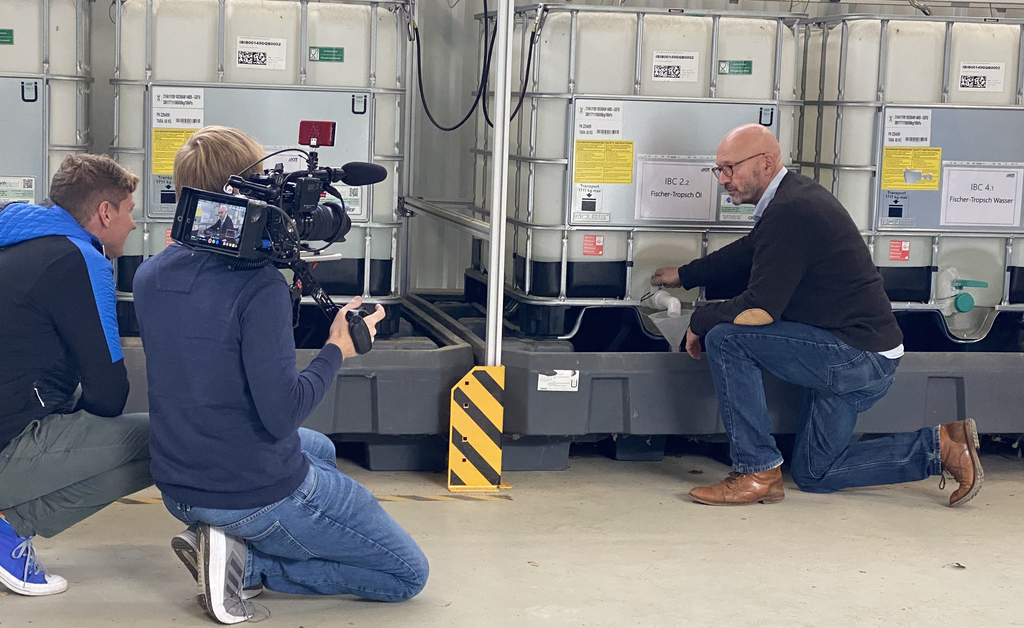
Nachdem ein Team von Galileo (Prosieben) einen Tag lang am Energy Lab 2.0 Interviews geführt, gefilmt und Drohnenaufnahmen gemacht hat, wird die Sendung nun ausgestrahlt. Am 22.11.2020 um 19:05 läuft das Themenspecial "Der letzte Tropfen - Wie tickt die Welt, wenn kein Öl mehr fließt?"
Hier geht es zur Seite von Galileo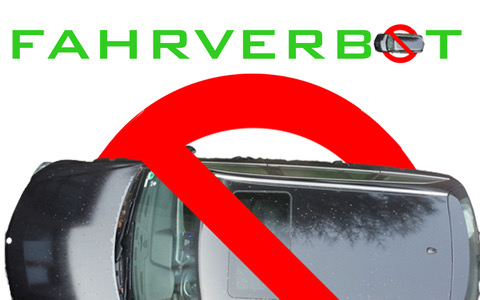
Am 18.11.2020 ist die erste Episode des neuen Podcasts "Fahrverbot" mit einem Beitrag von Prof. Dittmeyer online gegangen. Herr Dittmeyer hat die Herstellung von synthetischen Kraftstoffen erläutert.
Hier geht es zum Podcast "Fahrverbot"News archive
| Energy Lab 2.0 at ACHEMA Energy Lab 2.0 presents itself from June 11 to June 15, 2018 in Frankfurt at the ACHEMA 2018. | Energy Lab 2.0 at INTERSOLAR Energy Lab 2.0 presents itself from May 31 to June 2, 2017 in Munich at the INTERSOLAR EUROPE within the special exhibition Smart Renewable Energy. |
| Energy Lab 2.0 at the HANNOVER FAIR 2017Energy Lab 2.0 presents itself from April 24 to 27, 2017 at the HANNOVER FAIR (Hall 27, Booth H51). | Energy Lab 2.0 in LookKIT There is an article about Energy Lab 2.0 in LookKIT 01/16 (PDF / 12.6MB) |

